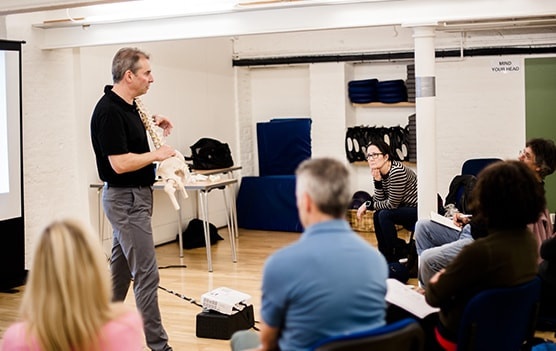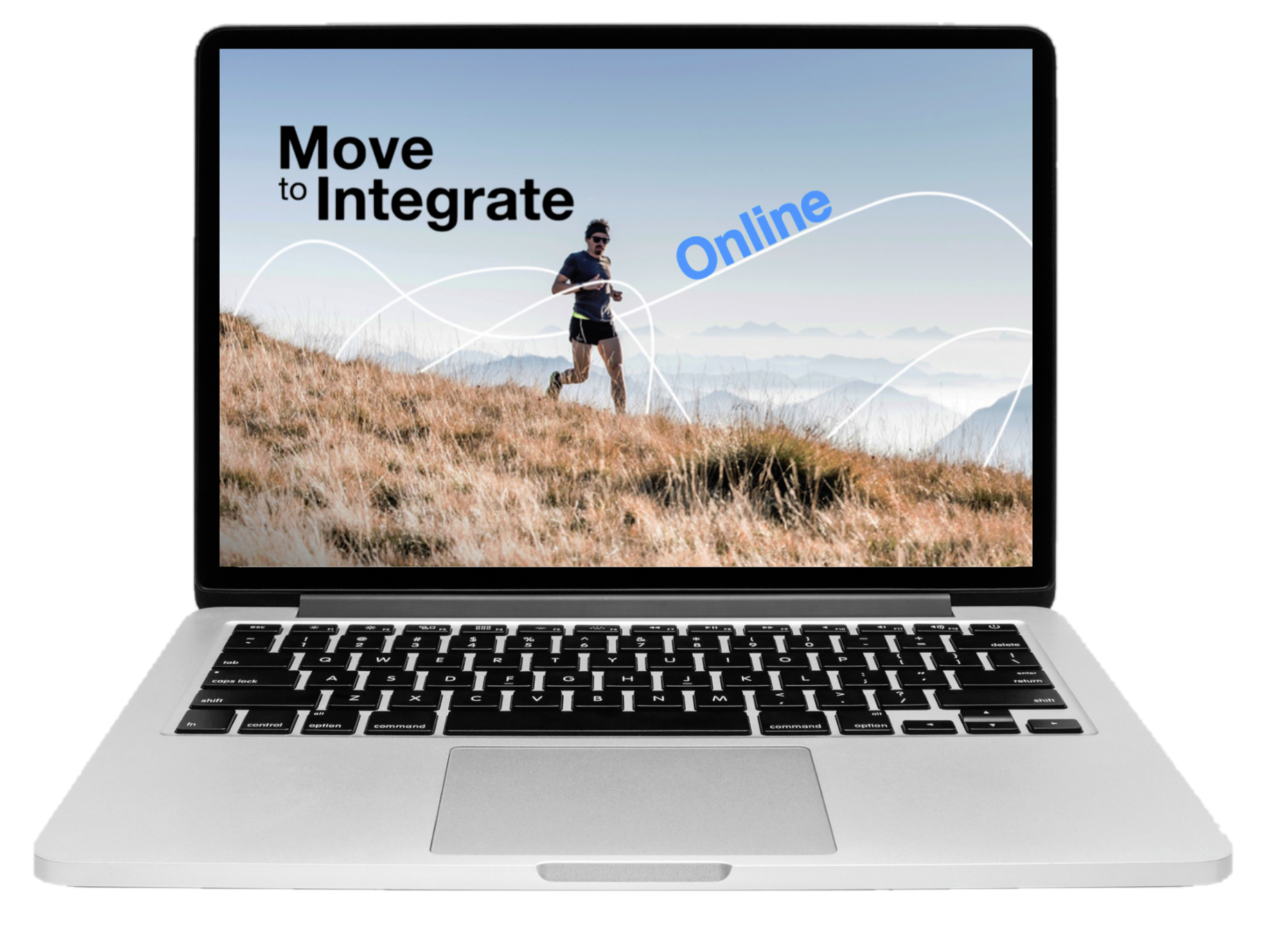Sign Up To Our Newsletter Today
We don't spam - we will forward semi-regular updates, discounts,
and the latest news on events and products.
Courses

Functional Assessment
Two 4-Day Workshops
This workshop builds your vocabulary and understanding from posture to action and how the body relates to the forces acting on it.
It investigates and resolves many of the problems with standard assessment and helps you identify the source of your client's problem.

Born To Walk
2 Days
Taking those next steps into seeing and assessing movement allows the complexities of movement to become perceivable. Once we can perceive the body’s relationships in movement we can work more accurately and more appropriately for our client.

Functional Bodywork
Two 2-Day Workshops
Our clients need to function in the real-world but many assessments, treatments and sometimes even the criteria for client discharge are based on non-contextual and non-load bearing tests. By applying a fully tensegrity-based approach to manual therapy we can work in context and with loads to better prepare our clients for life in the real world.
The
Big Picture

Functional antomy, 4D anatomy, tensegrity anatomy...whatever you want to call it, we teach how the body moves in a way that makes sense.
Our courses are designed for any qualified practitioner who really wants to expand their understanding of the human body and the applications of manual therapy. By integrating our years of bodywork experience and working with many industry leaders, we will take you step-by-step through a process that accelerates your ability to see form and function in your clients. It will change the way you see and understand the body and will completely transform the way you work as a practitioner – with more ease, greater accuracy and improved results.
View DetailsNEW
Online Courses

How to Understand the Anatomy of Movement,
Move To Integrate, &
Understanding Fascia in Movement
How to Understand the Anatomy of Movement is designed for therapists of any kind, at any stage of their journey. Let's face it - most anatomy training is simply not fit for purpose. The content of this course has been specifically chosen to build the way you see anatomy. Although it takes you back to the basics, it does so to enable the correct foundation to be built from which you can put anatomy into the context of movement.
Move to Integrate presents a unique assessment system online. Empowering you with enhanced assessment and prediction skills. From the everyday, to the sporting context learn functional anatomy and the biomechanics of optimal to find sub-optimal biomechanics.
Understanding Fascia in Movement gets rid of the misconceptions about anatomy and brings tensegrity and biomechanics together in a unique way - one that is useful, empowering, and science-based.
View DetailsUpcoming Events
Click Here for Full Workshop ListingWe are
'Born to
Move'
Homo sapiens is defined by our large brain and motor-intelligent nervous system.
By ratio to body size, humans have the largest brains of any animal and excel at a variety of movement patterns.
Our bodies have been honed for efficient movement – we are the only species that can walk, run, climb, swim, throw, jump and dance (though not always well).
However, we live in a world that is continually trying to find new ways of encouraging us to move less. We would rather walk our fingers across a keyboard than take our feet for a stroll in the park. We have lost connection with our bodies.
Over the years manual therapy has helped people ease their pain but it has also encouraged clients to think other people are responsible for their health. It is a very passive solution for a problem that has been caused by passivity and inactivity.
Here at Born to Move we approach problems caused by inactivity by being very active with it. We begin by understanding movement – what really happens in the body’s musculoskeletal system when it is actively engaged?
We give people the tools to help bodies function at their best.
Meet The Team